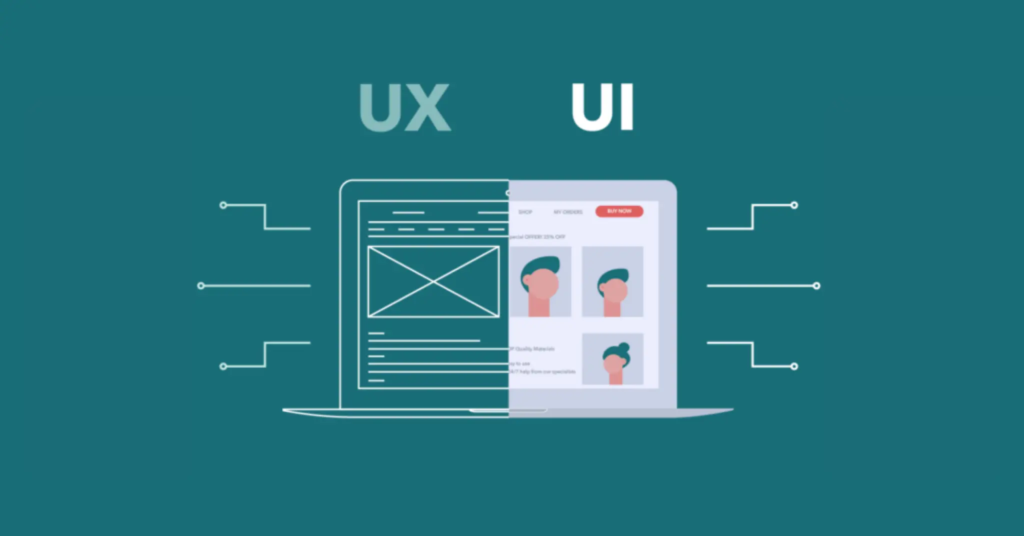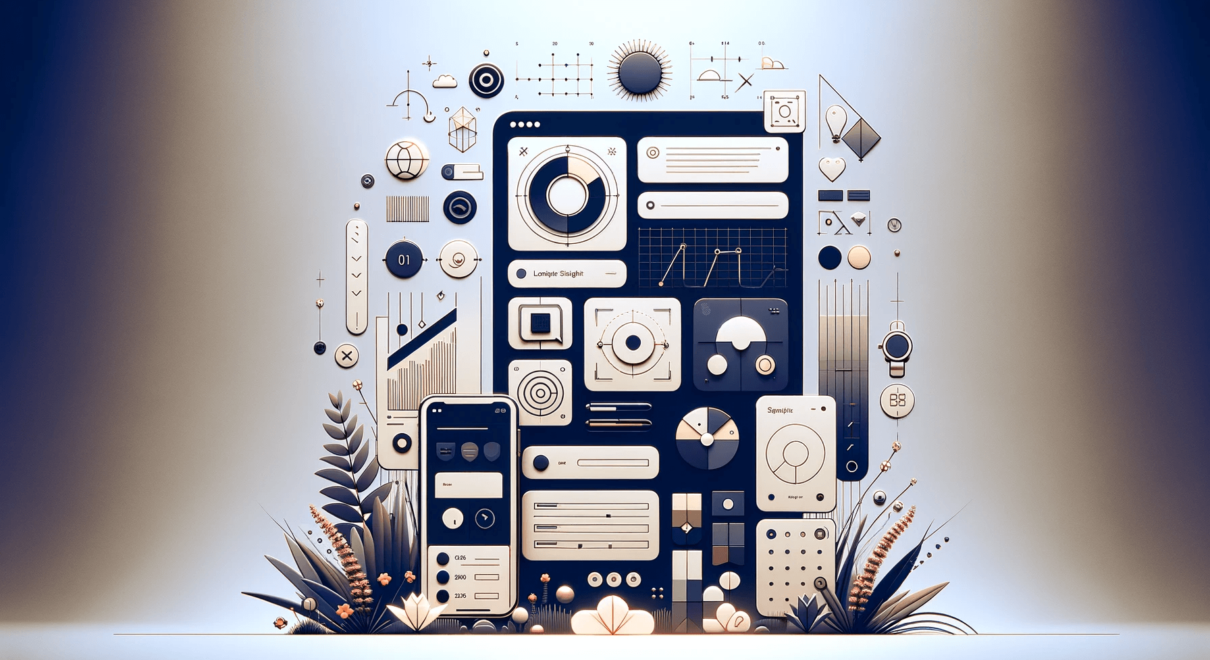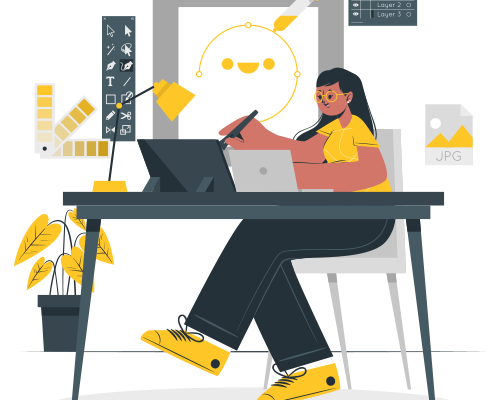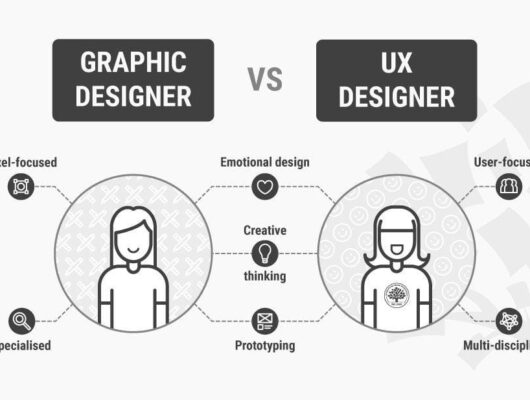
UI UX Design are fundamental in crafting digital products that are functional and user-centric:
UI Means User Interface.
UX Means User Experience.
UI Design:
Focuses on the visual aspects of a digital product—layout, aesthetics, typography, color schemes, and overall appearance.
Aims to create an interface that’s visually appealing, user-friendly, and navigable.
UX Design:
Encompasses the holistic user journey while interacting with a product or service.
Involves understanding user behaviors, needs, and motivations for a seamless and satisfying interaction.
Includes research, usability testing, wireframing, prototyping, and iteration for an intuitive and functional product.
Both UI and UX Design collaborate to create products that are visually appealing and provide an enjoyable user experience. While UI concentrates on visual elements, UX delves into the entire user journey, optimizing interactions with the product.
With the internet’s vast user base exceeding 4.6 billion people, UI/UX design’s influence is more significant than ever. As we approach 2024, anticipating upcoming trends in UI/UX design is akin to predicting the next big fashion trend. What will define the ‘must-have’ aspects of UI/UX design in the coming year?
Similar to classic fashion styles setting trends, certain UI/UX trends are poised to captivate audiences and redefine digital design standards. Exploring 2024 UI/UX trends, the digital design landscape evolves with Emerging UI Technologies leading the way.
UI Trends:
3D Design Revolution in 2024
Neumorphism: A New UI Aesthetic
Micro-interactions: Enhancing User Engagement
Glassmorphism: The Future of UI Aesthetics
Adaptive UI: Personalized User Experiences
UX Trends:
Voice User Interface (VUI)
User Mental Health Focus
Contextual User Experiences
Augmented Reality in Everyday UX
Ethical and Privacy-focused Design
In Conclusion:
The upcoming UI/UX design trends signal a transformative era in digital interaction, moving beyond aesthetics to create empathetic, inclusive, and ethically responsible experiences. They aim to make technology more intuitive, personalized, and aligned with user well-being.
The future of UI/UX design aims to redefine digital interactions, creating more human-centric and environmentally conscious experiences. Designers continue to innovate, promising users a more connected and engaging digital world that respects privacy and caters to diverse needs. Ultimately, 2024 represents a pivotal year where design meets human touch, reshaping our interaction with technology significantly.
FAQs:
What Are the Most Anticipated UI Trends for 2024?
- Immersive Design: Continuing the evolution of extended reality (XR), incorporating virtual, augmented, and mixed reality for deeply engaging user experiences.
- Minimalism with Personality: Blending minimalistic interfaces with vibrant, personalized elements to craft visually striking yet functional designs.
- Voice and Gesture Interfaces: Further integrating voice commands and gesture-based interactions, facilitating hands-free and intuitive user experiences.
How is UX Design Evolving in 2024?
- Emphasis on Accessibility: Strengthening focus on inclusive design to accommodate diverse user needs, including those with disabilities.
- AI-Driven Personalization: Expanding personalized experiences through AI algorithms, delivering tailored interactions based on user behaviors and preferences.
- Ethical Design Practices: Heightened emphasis on ethical considerations, prioritizing user welfare and data privacy in design strategies.
How Significant is Augmented Reality in UI/UX Design?
Augmented Reality (AR) emerges as a powerful tool, overlaying digital elements onto the physical world. It enriches product visualization, augments user engagement, and fosters innovation across industries like retail, gaming, and education.
What Makes Dynamic and Adaptive Interfaces Important in 2024?
Dynamic and adaptive interfaces play a pivotal role in catering to diverse devices and user preferences. They ensure seamless experiences across platforms and screen sizes, maintaining consistency and usability in varied contexts, thereby enhancing overall user experience.
How Are Micro-interactions Enhancing UI/UX Design?
Micro-interactions significantly contribute to user experiences by offering subtle feedback, guiding users, and elevating engagement levels. They create delightful moments, improve user interaction, and effectively convey system status and feedback.
These elements signal the evolving landscape of UI/UX design, catering to an increasingly diverse digital audience while focusing on innovation, personalization, and ethical considerations.







